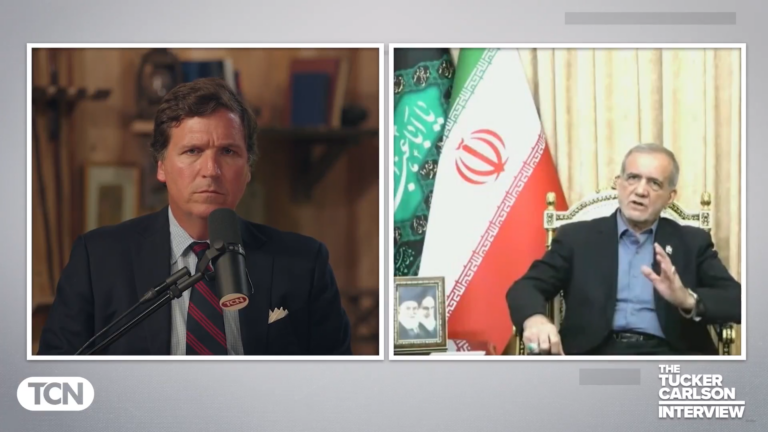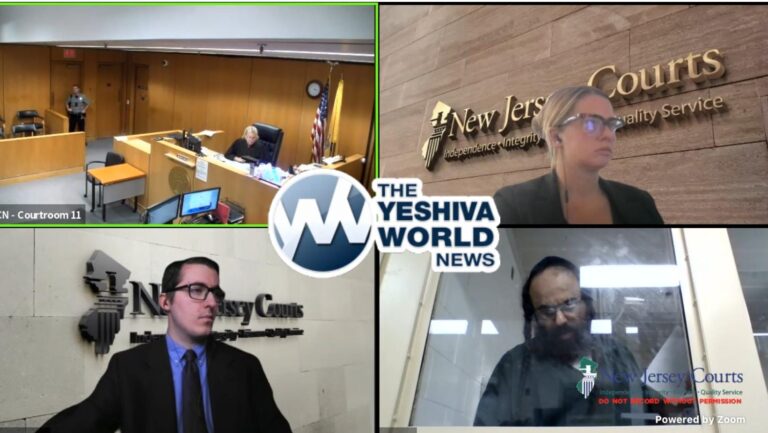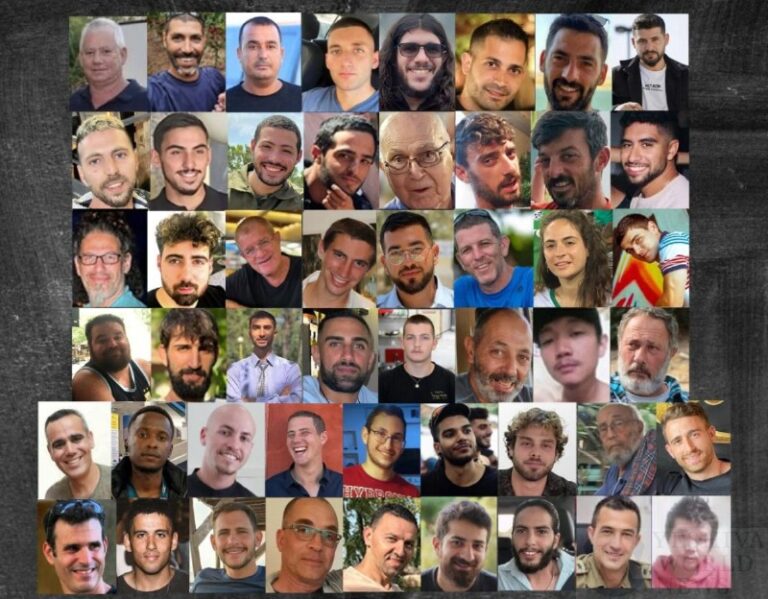How can we utilize technology to help us study Torah in new and better ways than ever before? This goal is at the core of ALHATORAH.ORG’s mission, so let’s explore together six new resources which will invigorate your Talmud Torah, whether your focus is Tanakh, Mishna, Gemara, or Halakhah.
1. Customize Your Own E-Mikraot Gedolots
The Mikraot Gedolot is the quintessential Jewish book, in which the primary text of Tanakh is surrounded by commentators. It is an ideal and unrivaled setup for comparing and contrasting different interpretations of the text. AlHaTorah.org has replicated this design online, not only for Tanakh , but also for Mishna , Gemara , and Halakhah. With the ability to select which of the dozens of traditional commentaries to display, you can create and customize your own personalized Mikraot Gedolot. Display a whole array of commentaries at once or focus on just a couple. Toggle between display modes. Choose whether to show punctuation, vocalization and/or English translations. Save personal notes, bookmarks, and color highlights.
Make your learning your own!
2. One-Click Concordance and Instant Ein Mishpat
Say, you are studying Parashat HaShavua and come across an unfamiliar word, but don’t have a concordance or know the root? For example, what does “וַיֵּלֶךְ שֶׁפִי” mean? In the Mikraot Gedolot, simply click on the difficult word , or highlight an entire phrase, to access the One-Click Concordance, dictionary, and a visual graph! Or, perhaps, you are learning a Gemara and check the Ein Mishpat for a halakhic source, but decide that it takes too much time to get the book and look up the source inside. AlHaTorah’s instant Ein Mishpat gives you one-click access to each halakhic work, ensuring that you can quickly find all the sources you need to enhance your learning.
3. Guided Independent Study
Sometimes we want to learn, but without a class or teacher or structure, we are at a loss of where to begin. What questions should we be asking? At what sources should we look? AlHaTorah has you covered with hundreds of topical analyses on Tanakh which lay out both the central questions of the text and various approaches to these questions. Primary sources and analysis are always juxtaposed for accessible and advanced independent study. Or use its Interactive Learning Modules which lead you step by step through a topic, with guiding questions, technological tools, and source material ready at a click.
4. Combined Tur-Shulchan Arukh and Mishna-Tosefta Parallels
Did you ever study Halakhah and wish that the Tur and Shulchan Arukh with all of their commentators were aligned on the same page? Certain texts simply call out to be studied together and compared. Check out AlHaTorah’s Combined Tur-Shulkhan Arukh , and your study of Halakhah will never be the same. Similarly, when learning Mishna use the Mishna-Tosefta Tool to find and analyze the parallel Tosefta text which sheds light on your Mishna.
5. Tanakh Lab
Often, Tanakh communicates its messages in subtle ways, through the use of allusions to other Biblical texts and the repetition of guiding words and phrases. Discovering these and analyzing their significance can be both fun and illuminating. What can be learned from the linguistic similarities between the stories of Yonah and Eliyahu? Or what might the Torah be telling us by repeating the root “לתור” a dozen times in the story of the Spies? Delve into Tanakh’s literary artistry using AlHaTorah’s unique Tanakh Lab . It is an unparalleled tool for helping you uncover Tanakh’s hidden messages.
6. Lighter Learning
Sometimes, we simply need a quick Devar Torah or discussion opener, and AlHaTorah provides an abundance of good options. Shabbat Table Topics are great starters for discussions; and their questions and sources encourage us to dig deeper. For visual learners, Biblical Art can be a great entrée into the text, especially when comparing an artist’s reading of the story to more traditional commentators. Learning from other visual aids , such as maps, images of archaeological finds, flora, or fauna can stimulate and ease your way into more serious study. Or, just sit back and listen to a Torahcast.
With so many great resources at your fingertips, what are you waiting for?
Start learning Torah now with alhatorah.org and enjoy all the surprises it has to offer.











